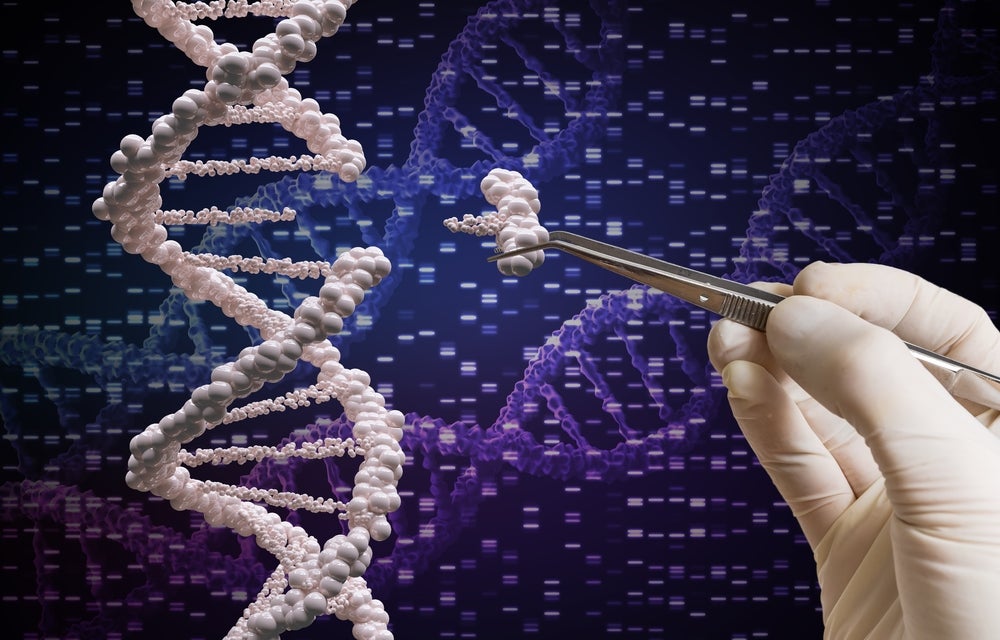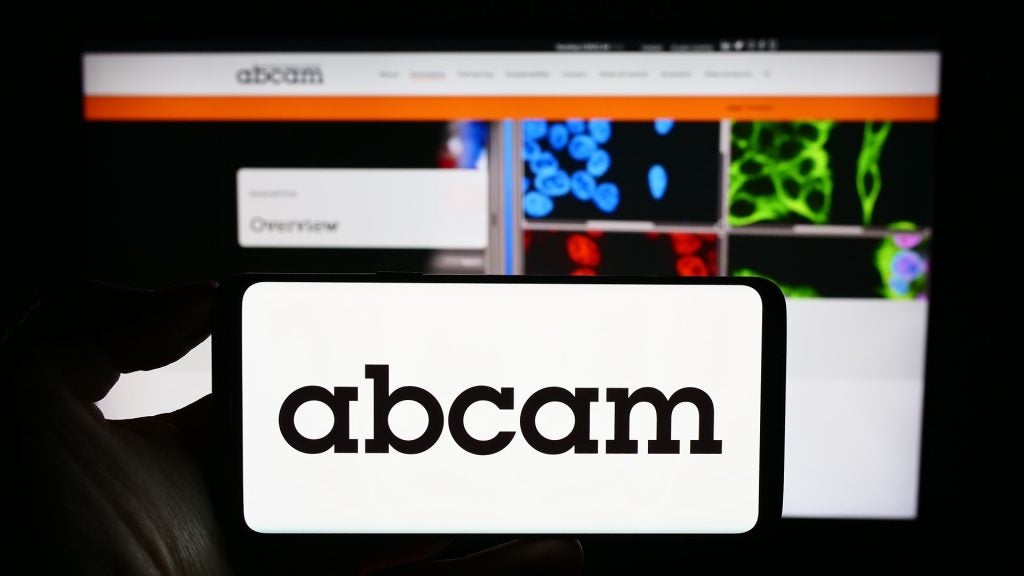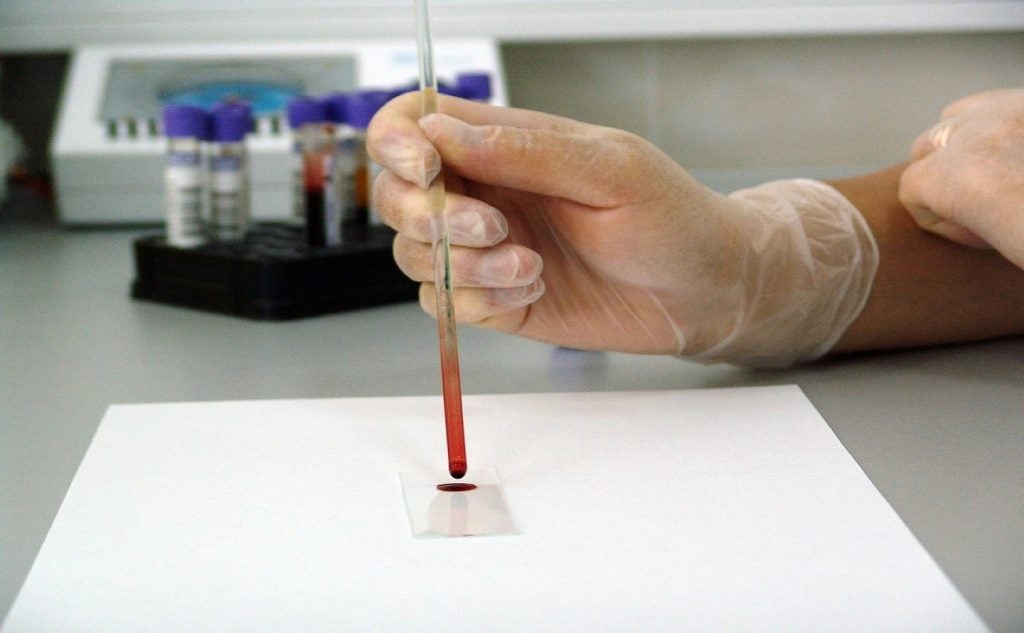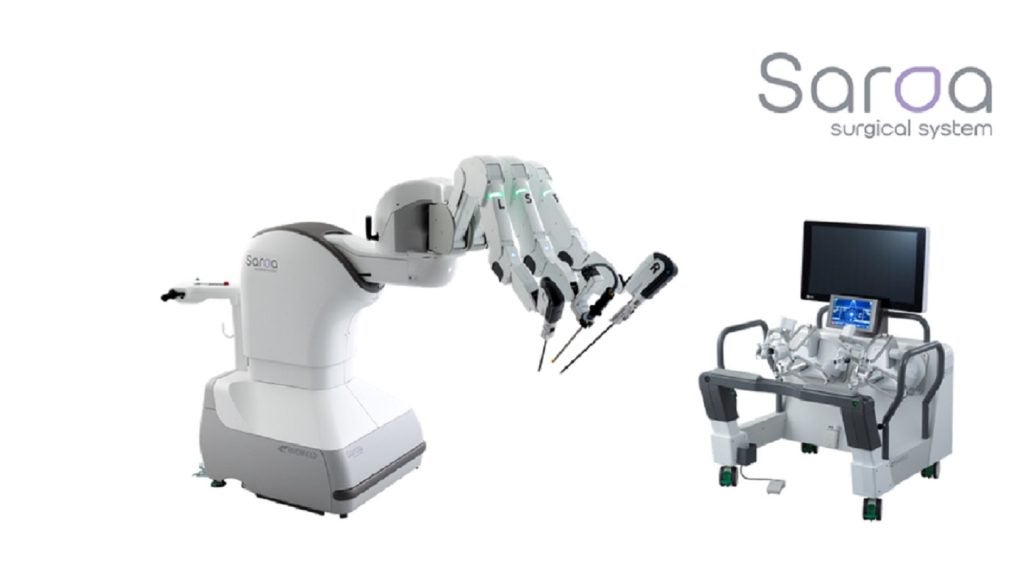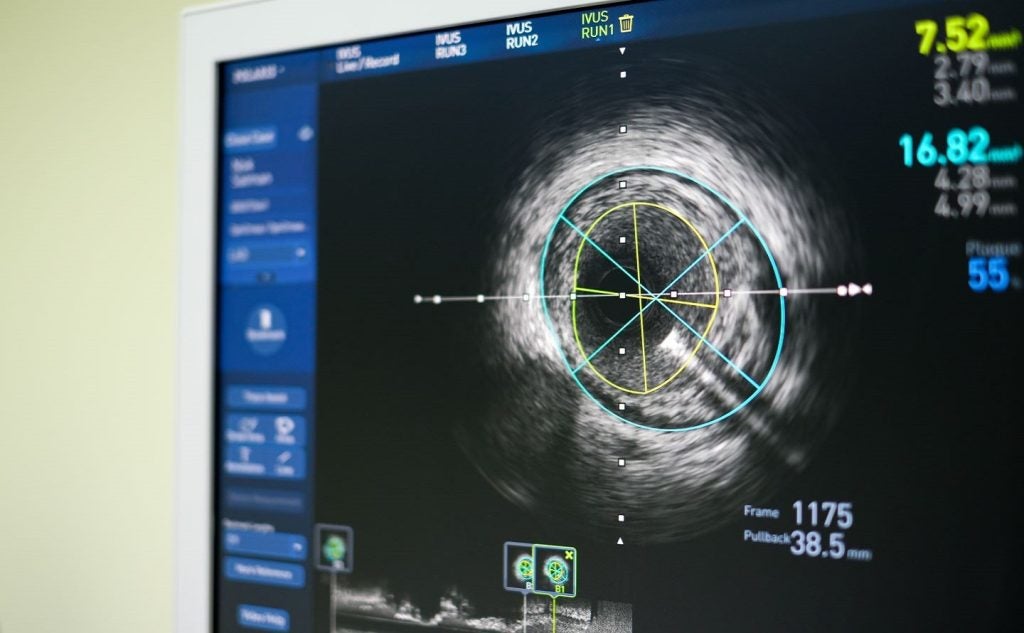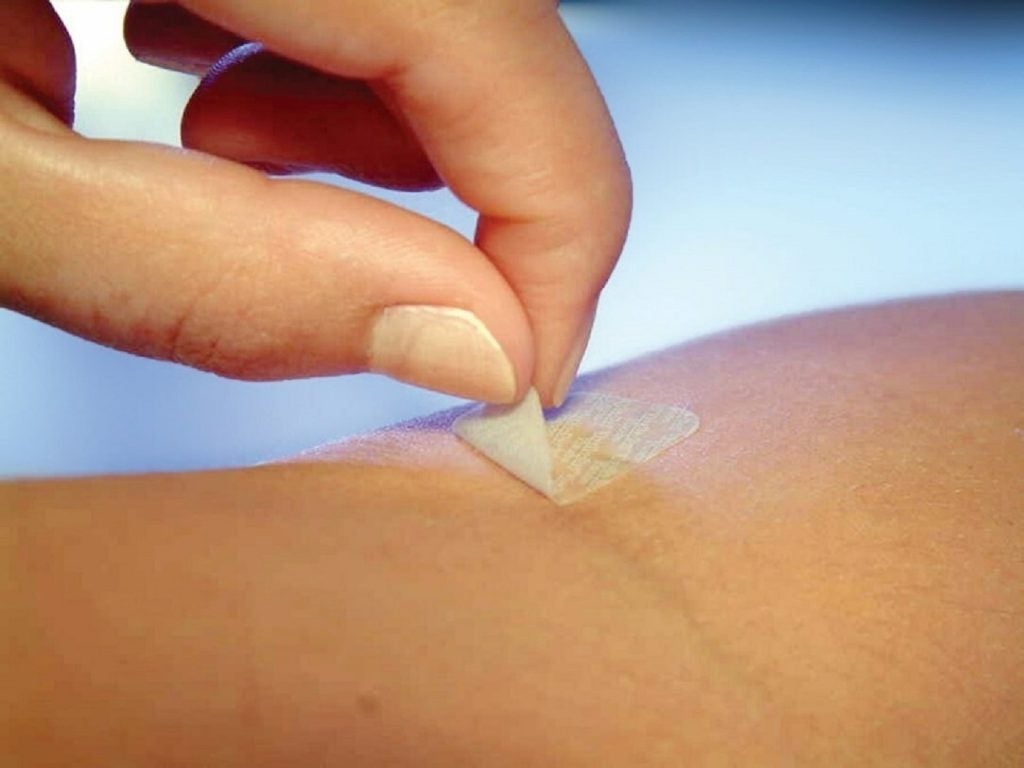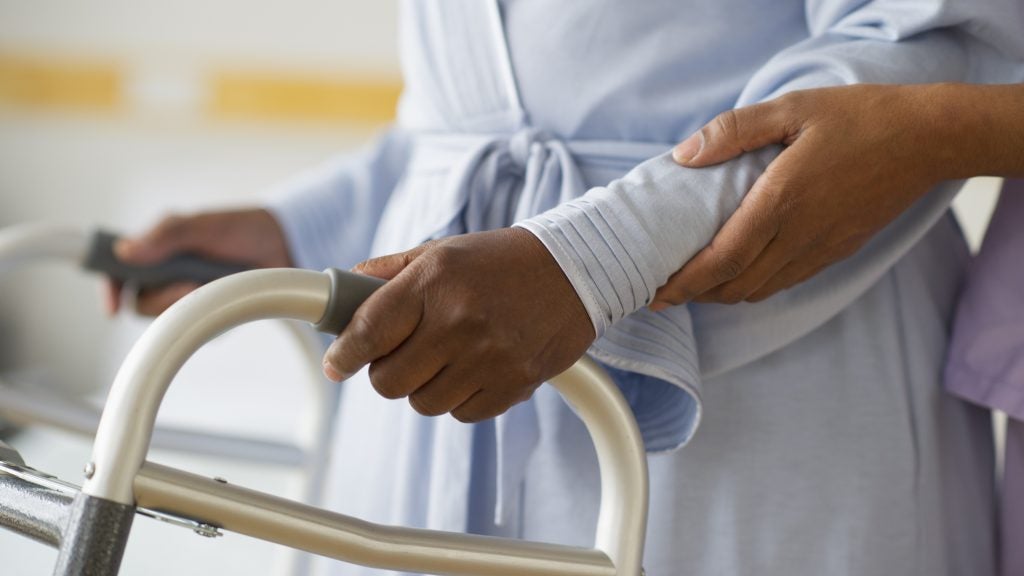Now in its 6th year, HLTH has become one of the leading annual events for the health technology industry. Although this year’s meeting took place under the shadow of tragic events in the Middle East, companies from across the healthcare ecosystem filled the halls of the Las Vegas Convention Center with hope and determination of how technology can “elevate humanity”.
The buzz around artificial intelligence (AI) was palpable and big tech companies used the meeting as an opportunity to announce new AI solutions. Google Cloud announced the addition of new features to its Vertex AI Search for healthcare companies, while Microsoft launched a series of new analytics and AI services, as part of its new Fabric data analytics platform and Azure AI services.
Conversations around AI in healthcare focused heavily on how companies can use technology responsibly and the potential of generative AI tools.
San Francisco-based company Augmedix teased an early release of the newest product on its platform - Augmedix Go, a clinician-controlled mobile app that uses generative AI to create fully automated draft medical notes.
Using natural language processing (NLP), large language models (LLMs), and structured data sets, the technology aims to support clinicians by summarising key medical events throughout the day.
“Beyond the actual medical note, Augmedix delivers structured data that makes up the medical note. Structured data facilitates internal data mining and saves a significant amount of time that would otherwise be spent sifting through data,” Augmedix CEO, Manny Krakaris, told Medical Device Network.
According to Augmedix, the products can save clinicians up to three hours per day and boost productivity by 20%. As of August, the Nasdaq-listed company said it expects at least $43.5 million of revenue in 2023, with estimates to be updated later this quarter.
But as generative AI technology evolves, the questions around data security are shifting. Speaking at the opening HLTH session on Monday 9 October, Google Senior Vice President of Research, Technology & Society, James Manyika said protection of personal and privacy continues to be “fundamentally important” to Google and one of the biggest lessons learned from recent company controversies.
The dawn of digital biomarkers
The rising prevalence of chronic neurodegenerative diseases was a major topic at HLTH 2023.
Digital biomarkers are touted as a potential tool to measure change in indications such as neurological disorders and Medical Device Network met with NeuraLight, a startup developing an AI-driven platform that measures eye movements to diagnose neurological diseases.
The company’s computer-based oculometric test tracks eye movements through facial videos captured with a standard webcam and analyses them using machine learning techniques. In August, NeuraLight published peer-reviewed studies showing the tool is effective for diagnosing and monitoring Parkinson's Disease.
“I think traditionally when we think of biomarkers it is blood-based biomarkers or CSF lab biomarker tests but there's a lot of potential with digital biomarkers,” explained NeuraLight CCO, Vivian DeWoskin.
“Many might associate the term digital biomarker with a wearable or sensor, but we've now moved into a stage where there are other modalities that really should be considered biomarkers out there and oculometric biomarkers are an important part of this.”
The startup is focusing on a clinical trial that intends to use the test to track progression over time and see how well its results match up with standard clinical scores.
Mental health and aging
With HLTH 2023 taking place over World Mental Health Day, discussions around improved mental healthcare were at the forefront of this year’s meeting. Headspace CEO Russell Glass took to the main stage with LinkedIn CEO Ryan Roslanky to discuss workforce wellbeing trends and how company culture plays a role in employee mental health.
Sessions at the conference explored how treatments such as psychedelic medicines and virtual reality therapies can help widen access to mental health services. Experts also looked at how AI-driven technologies such as mental health chat bots and virtual therapists are providing on-demand support and destigmatising mental health issues.
The impact of aging and loneliness was also discussed. Intuition Robotics featured its AI-powered companion robot ElliQ, which aims to support and accompany older adults to age independently, while reducing loneliness and isolation.
CEO Dor Skuler told Medical Device Network the robot is not designed to replace human companionship. "We have capacity as humans to define spaces for different relationships," said Skuler.
"Our relationship with a dog is real and it's meaningful, but it's different than our relationship with a person. We're seeing now thousands of older adults build a relationship with an AI which they don't confuse for a human relationship - it's just a new type of relationship."
Virtual healthcare expands
The trend of telemedicine is showing no signs of slowing down and pharmacy retail giant Walgreens used HLTH to announce a new digital offering that will provide on-demand medical care for common health needs. Patients in select US states will be able to access Walgreens Virtual Healthcare online from late October and Walgreens said it will expand the service to cover additional conditions and markets in future.
"Our goal is to be the most convenient health and wellness destination whether you’re physically in our stores or virtually in our stores," said Walgreens chief commercial officer Tracey Brown during the event.
The launch comes as Walgreens prepares to welcome a new CEO, healthcare veteran Tim Wentworth who is tasked with transitioning the company from its core pharmacy business to a leading digital healthcare company.
Canadian company NuraLogix also highlighted ambitions in telehealth for its Anura Telehealth screening solution which is based on the company’s cloud based Affective AI platform, DeepAffex, which receives facial blood flow data from devices such as a smartphone, tablet or laptop using the camera.
During virtual appointments, the platform can apply machine learning AI algorithms that can predict over 100 health parameters including pulse rate, respiration rate and blood pressure. NuraLogix has dubbed it as a “selfie for healthie” although it cannot be used as the sole method of determining risk assessment.
“The beauty of our technology is simplifying the workflows normally required to ascertain health risks of individuals. The time required to visit a healthcare provider, acquire requisitions and travel to the lab for testing, these steps can be reduced to a simple 30 second scan to provide a health risk profile, all within the point of care of the clients,” NuraLogix chief medical officer Dr Keith Thompson told Medical Device Network.
“Our greatest asset in adoption across multiple market segments is the fact our technology does not require the use of other medical devices to capture measurements, rather can be used with the device most people already have - a smart phone or equivalent device with camera and internet access.”
Adoption within the US for Anura and the Telehealth platform may be fuelled by the existence of Current Procedural Terminology (CPT) codes for remote patient monitoring and remote therapeutic monitoring - under these rules technologies used to gather the data remotely must be "defined" as a medical device under FDA guidelines, but do not require clearance as a medical device - rather must simply satisfy for the healthcare provider that the data collected is sufficiently accurate and appropriate for the clinical task.
Nevertheless, NuraLogix said it is on a mission to obtain regulatory approval, “Our current work is focused on conducting robust clinical trials to validate the technology for the appropriate regulatory bodies and ensure safe deployment,” said Thompson. “Once [it is] cleared as a medical device that will allow us to move from general wellness and insurance technology and more into SAMD clinical workflows.”
Connection and collaboration key to success
Underscoring many of the conversations at HLTH came down to how collaboration across the healthcare ecosystem is vital for development of tech and enhancing patient health.
Leaders from companies agreed that innovative partnerships are the path to improving health equity, accessibility, and patient outcomes. While excitement and optimism around the potential of technology is clear, the industry had one message - we can't do it alone.
HLTH highlighted how the global ambitions of innovators is increasing and the potential for health tech is higher than ever.
What happened in Vegas is not staying in Vegas – health tech is ready for the world.




